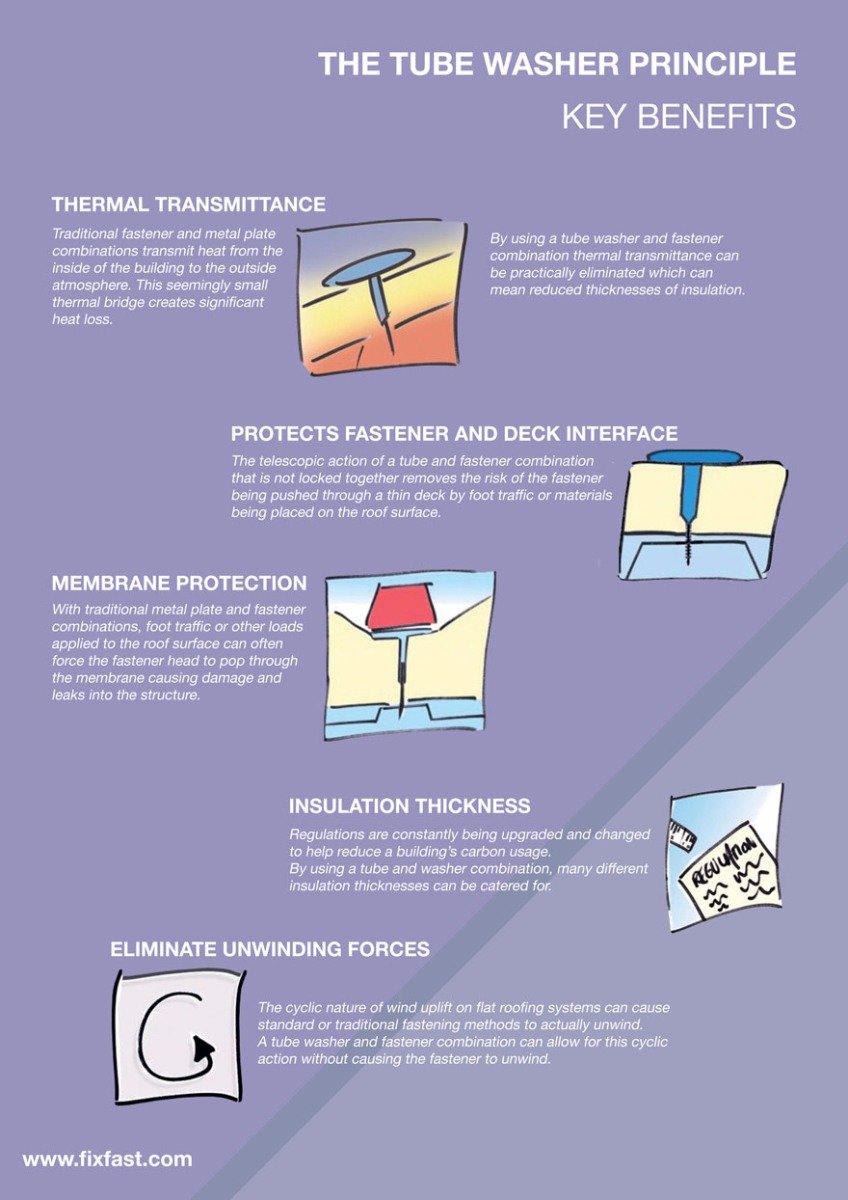The Duty Of Roof Air Flow In An Effective Installment
The Duty Of Roof Air Flow In An Effective Installment
Blog Article
Post Writer-Byrne Walls
When you're taking on a roof project, you may not assume much about roofing system air flow, but it's more vital than you realize. Effective air flow assists control temperature and moisture in your attic, preventing issues like mold and architectural damage. By recognizing exactly how to make and mount a balanced air flow system, you can enhance energy efficiency and prolong the life expectancy of your roofing materials. So, what are more resources to think about during setup that can make all the distinction?
Importance of Roofing System Ventilation
Roofing air flow plays an important duty in maintaining the overall wellness of your home. By enabling fresh air to circulate via your attic room, it helps regulate temperature level and dampness levels. This balance is important to stop warm accumulation throughout warm months, which can lead to enhanced energy expenses as your air conditioning works overtime.
Moreover, appropriate air flow considerably lowers the threat of moisture-related concerns like mold and mildew. If humidity levels increase, your home's structural honesty can be endangered, leading to expensive repairs. You would not want to manage decomposing wood or deformed roofing products, right?
Furthermore, sufficient air flow expands the life expectancy of your roofing system. When warmth and dampness are kept in check, your roof can execute ideally, protecting against premature wear and tear. This suggests less migraines and costs down the line.
How Roofing System Ventilation Functions
Efficient roof air flow relies on the all-natural movement of air to create an equilibrium between consumption and exhaust. When you mount vents, you're essentially allowing fresh air to enter your attic room while enabling warm, stale air to run away. roof repair san antonio, tx skyroofingconstructiontx.com aids control temperature and moisture levels, stopping issues like mold development and roofing damages.
Consumption vents, typically located at the eaves, attract cool air from outside. Meanwhile, exhaust vents, located near the ridge of the roof, let hot air rise and departure. The difference in temperature level creates a natural air flow, known as the pile effect. As warm air surges, it produces a vacuum cleaner that draws in cooler air from the reduced vents.
To optimize this system, you require to make sure that the intake and exhaust vents are appropriately sized and placed. If the consumption is restricted, you won't attain the preferred ventilation.
Likewise, not enough exhaust can trap warmth and moisture, bring about possible damages.
Secret Installation Considerations
When mounting roof covering air flow, several crucial factors to consider can make or break your system's efficiency. Initially, you need to assess your roofing system's design. The pitch, form, and materials all influence air flow and ventilation choice. Ensure to choose vents that fit your roofing type and local environment problems.
Next, think about the positioning of your vents. Ideally, you'll want a balanced system with consumption and exhaust vents placed for optimal air flow. Recommended Web site on the roofing and exhaust vents near the height to motivate an all-natural circulation of air. This setup helps stop moisture buildup and advertises energy efficiency.
Do not ignore insulation. Proper insulation in your attic room protects against warmth from escaping and maintains your home comfortable. Make sure that insulation does not obstruct your vents, as this can prevent air flow.
Finally, consider upkeep. Pick air flow systems that are easy to gain access to for cleansing and examination. Regular maintenance ensures your system remains to operate effectively gradually.
Verdict
To conclude, roofing system air flow is necessary for a successful installation. By ensuring proper air movement, you can avoid heat build-up and wetness concerns that result in costly damages. When you tactically setting consumption and exhaust vents, you improve energy efficiency and extend the life expectancy of your roof covering. Remember, a well-ventilated roof not only protects your investment yet also enhances your indoor air high quality. So, focus on ventilation to make sure a resistant and cost-effective roofing system for your home.
